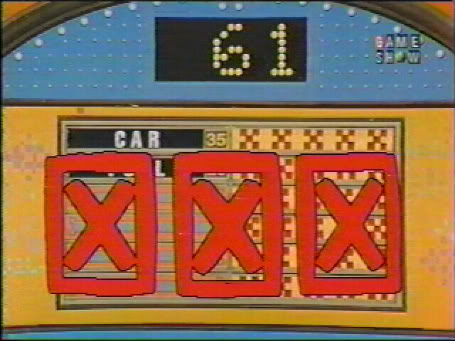When President Reagan entered office in 1981, he faced actually much worse economic problems than President Obama faced in 2009. Three worsening recessions starting in 1969 were about to culminate in the worst of all in 1981-1982, with unemployment soaring into double digits at a peak of 10.8%. At the same time America suffered roaring double-digit inflation, with the CPI registering at 11.3% in 1979 and 13.5% in 1980 (25% in two years). The Washington establishment at the time argued that this inflation was now endemic to the American economy, and could not be stopped, at least not without a calamitous economic collapse.
All of the above was accompanied by double -igit interest rates, with the prime rate peaking at 21.5% in 1980. The poverty rate started increasing in 1978, eventually climbing by an astounding 33%, from 11.4% to 15.2%. A fall in real median family income that began in 1978 snowballed to a decline of almost 10% by 1982. In addition, from 1968 to 1982, the Dow Jones industrial average lost 70% of its real value, reflecting an overall collapse of stocks.
President Reagan campaigned on an explicitly articulated, four-point economic program to reverse this slow motion collapse of the American economy:
1. Cut tax rates to restore incentives for economic growth, which was implemented first with a reduction in the top income tax rate of 70% down to 50%, and then a 25% across-the-board reduction in income tax rates for everyone. The 1986 tax reform then reduced tax rates further, leaving just two rates, 28% and 15%.
2. Spending reductions, including a $31 billion cut in spending in 1981, close to 5% of the federal budget then, or the equivalent of about $175 billion in spending cuts for the year today. In constant dollars, nondefense discretionary spending declined by 14.4% from 1981 to 1982, and by 16.8% from 1981 to 1983. Moreover, in constant dollars, this nondefense discretionary spending never returned to its 1981 level for the rest of Reagans two terms! Even with the Reagan defense buildup, which won the Cold War without firing a shot, total federal spending declined from a high of 23.5% of GDP in 1983 to 21.3% in 1988 and 21.2% in 1989. Thats a real reduction in the size of government relative to the economy of 10%.
3. Anti-inflation monetary policy restraining money supply growth compared to demand, to maintain a stronger, more stable dollar value.
4. Deregulation, which saved consumers an estimated $100 billion per year in lower prices. Reagans first executive order, in fact, eliminated price controls on oil and natural gas. Production soared, and aided by a strong dollar the price of oil declined by more than 50%.
These economic policies amounted to the most successful economic experiment in world history. The Reagan recovery started in official records in November 1982, and lasted 92 months without a recession until July 1990, when the tax increases of the 1990 budget deal killed it. This set a new record for the longest peacetime expansion ever, the previous high in peacetime being 58 months.
During this seven-year recovery, the economy grew by almost one-third, the equivalent of adding the entire economy of West Germany, the third-largest in the world at the time, to the U.S. economy. In 1984 alone real economic growth boomed by 6.8%, the highest in 50 years. Nearly 20 million new jobs were created during the recovery, increasing U.S. civilian employment by almost 20%. Unemployment fell to 5.3% by 1989.


